You might have heard that not everyone agrees when it comes to climate change. While living in New York City, after graduating from college photographer Alan Winslow and journalist Morrigan McCarthy came to realize that across the America people have a difference of opinion.
[caption id="attachment_3021" align="alignleft" width="250" caption="photo by Meghan Peterson"]
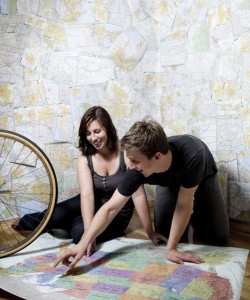
[/caption]
"Because living in New York City you can kind of feel like you’re in a bubble. Maybe any city is like that," Morrigan said. "But that everyone around you has the same opinion and is in the same boat, especially when it comes to the environment. You know we should be recycling, we should be taking care of the planet."
In a community full of liberals Morrigan and Alan believed that everyone would be eager to embrace sustainable practices and a lifestyle to mitigate the damaging effects of climate changes.
"But then we would see these poles and watch the news and it didn’t seem to be that way elsewhere, Morrigan said. "Otherwise every body would just be in the same boat and something would be happening. But we decided to take off and figure out what Americans were actually thinking. And Americans have all sorts of opinions."
So the two started making plans to travel around the county taking pictures and asking questions. Through their journey, called
Project Tandem Alan and Morrigan wanted to connect with everyday Americans across all walks of life to discover what they thought about the planet’s changing climate.
 [/caption]
"Because living in New York City you can kind of feel like you’re in a bubble. Maybe any city is like that," Morrigan said. "But that everyone around you has the same opinion and is in the same boat, especially when it comes to the environment. You know we should be recycling, we should be taking care of the planet."
In a community full of liberals Morrigan and Alan believed that everyone would be eager to embrace sustainable practices and a lifestyle to mitigate the damaging effects of climate changes.
"But then we would see these poles and watch the news and it didn’t seem to be that way elsewhere, Morrigan said. "Otherwise every body would just be in the same boat and something would be happening. But we decided to take off and figure out what Americans were actually thinking. And Americans have all sorts of opinions."
So the two started making plans to travel around the county taking pictures and asking questions. Through their journey, called Project Tandem Alan and Morrigan wanted to connect with everyday Americans across all walks of life to discover what they thought about the planet’s changing climate.
[/caption]
"Because living in New York City you can kind of feel like you’re in a bubble. Maybe any city is like that," Morrigan said. "But that everyone around you has the same opinion and is in the same boat, especially when it comes to the environment. You know we should be recycling, we should be taking care of the planet."
In a community full of liberals Morrigan and Alan believed that everyone would be eager to embrace sustainable practices and a lifestyle to mitigate the damaging effects of climate changes.
"But then we would see these poles and watch the news and it didn’t seem to be that way elsewhere, Morrigan said. "Otherwise every body would just be in the same boat and something would be happening. But we decided to take off and figure out what Americans were actually thinking. And Americans have all sorts of opinions."
So the two started making plans to travel around the county taking pictures and asking questions. Through their journey, called Project Tandem Alan and Morrigan wanted to connect with everyday Americans across all walks of life to discover what they thought about the planet’s changing climate.


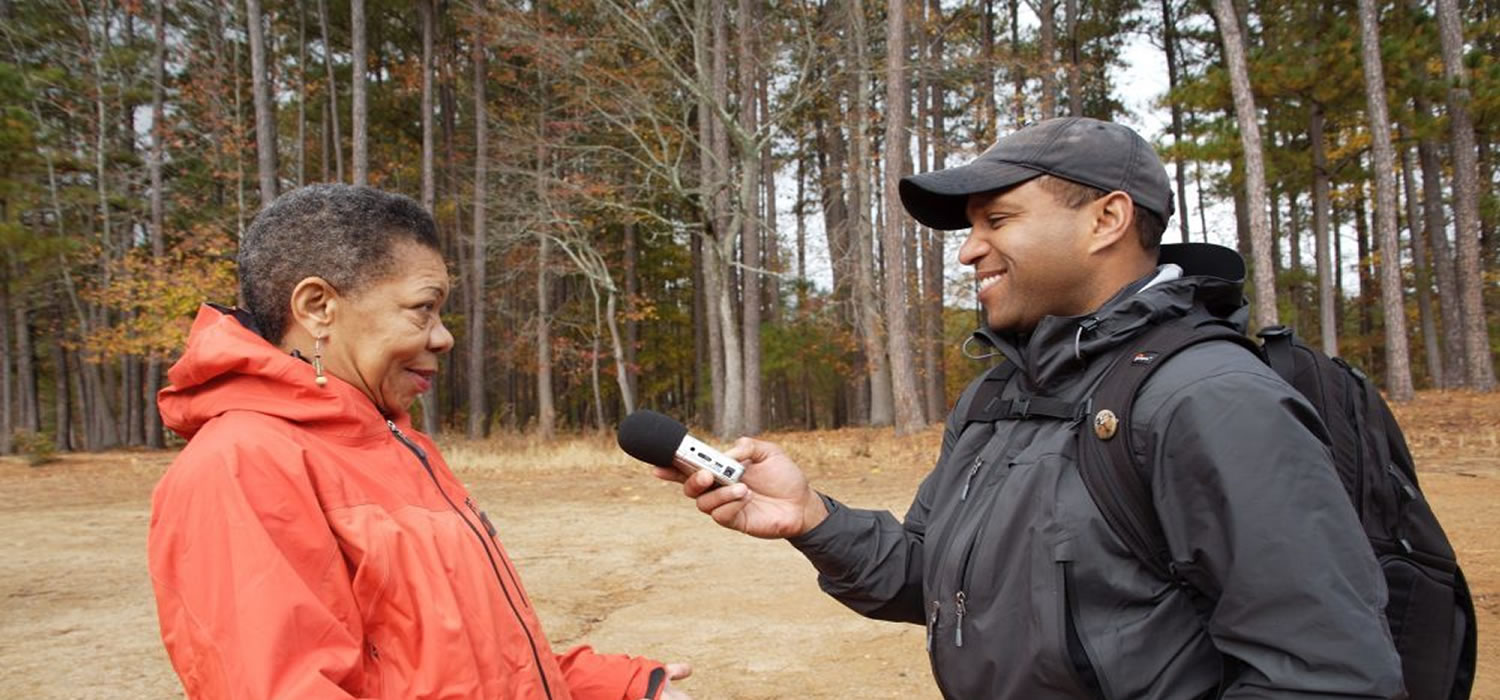
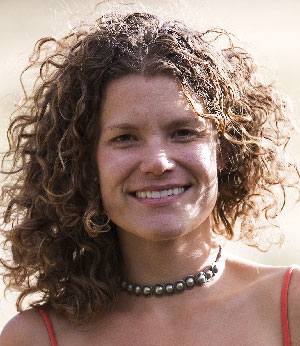 If you’re a writer, there are few things better than to combine your passion for storytelling with something else that you truly love. For writer
If you’re a writer, there are few things better than to combine your passion for storytelling with something else that you truly love. For writer 
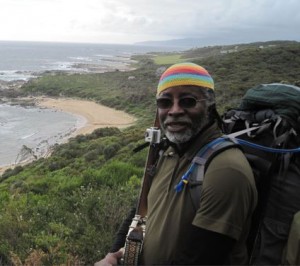
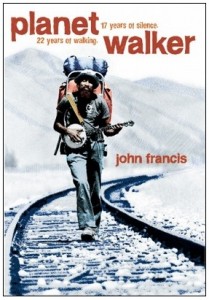
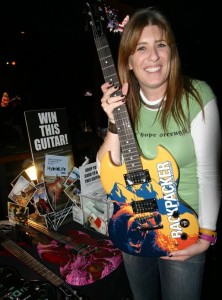
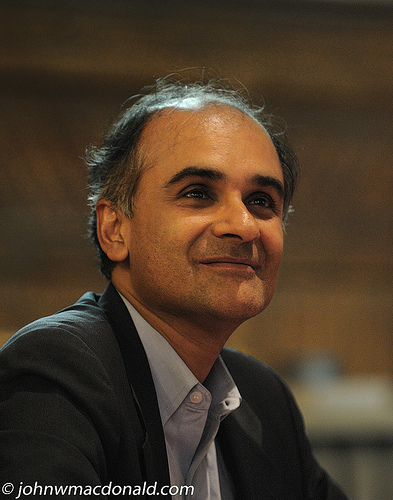 From a very young age Pico Iyer has had a close personal relationship with one of the worlds great spiritual and political leaders. In 1960 his father a professor of philosophy and a student of world religions was among first westerners to seek an audience with the Dalai Lama. Traveling from his home in England Iyer’s father journeyed back to his native India to meet the Dalai Lama then around the age of 24. In their conversations the Tibetan Buddhist ruler in exile and Iyer’s father discussed ancient mystic wisdom that had been unavailable to the outside world for centuries. And with the exchange of a single simple gift, they also established a connection between the Dalai Lama and Iyer that now spans almost 50 years.
From a very young age Pico Iyer has had a close personal relationship with one of the worlds great spiritual and political leaders. In 1960 his father a professor of philosophy and a student of world religions was among first westerners to seek an audience with the Dalai Lama. Traveling from his home in England Iyer’s father journeyed back to his native India to meet the Dalai Lama then around the age of 24. In their conversations the Tibetan Buddhist ruler in exile and Iyer’s father discussed ancient mystic wisdom that had been unavailable to the outside world for centuries. And with the exchange of a single simple gift, they also established a connection between the Dalai Lama and Iyer that now spans almost 50 years.
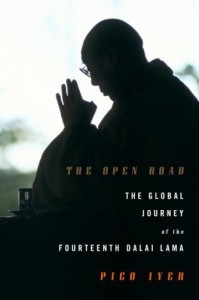 "At the end of his conversation with the Dalai Lama in 1960 he said 'I have this little three year-old boy back in England and he was already quite interested in the story of your dramatic flight from Tibet into India'," Iyer said. "And so the Dalai Lama, with his great gift for the perfect gesture found a photo of himself when he was 5 years old and sent it to me. And so from the time I was three I had this photo of this little boy, 5 years old, already ruling 6 million people. I didn’t understand who or what the Dalai Lama was. But I could make a contact with this little boy sitting in this place. And I could see all the responsibility he had. So in that sense I grew up with the image of the Dalai Lama and stories of the Dalai Lama from the time I was a little boy."
From the gift of that photograph to their first meeting years later Iyer and the Dalai Lama have been become good friends. And through the course of his career as a journalist Iyer has cultivated a deep insight to the philosophy that has guided the Dalai Lama toward a peaceful resolution of the conflict between China and Tibet. In his new book
"At the end of his conversation with the Dalai Lama in 1960 he said 'I have this little three year-old boy back in England and he was already quite interested in the story of your dramatic flight from Tibet into India'," Iyer said. "And so the Dalai Lama, with his great gift for the perfect gesture found a photo of himself when he was 5 years old and sent it to me. And so from the time I was three I had this photo of this little boy, 5 years old, already ruling 6 million people. I didn’t understand who or what the Dalai Lama was. But I could make a contact with this little boy sitting in this place. And I could see all the responsibility he had. So in that sense I grew up with the image of the Dalai Lama and stories of the Dalai Lama from the time I was a little boy."
From the gift of that photograph to their first meeting years later Iyer and the Dalai Lama have been become good friends. And through the course of his career as a journalist Iyer has cultivated a deep insight to the philosophy that has guided the Dalai Lama toward a peaceful resolution of the conflict between China and Tibet. In his new book 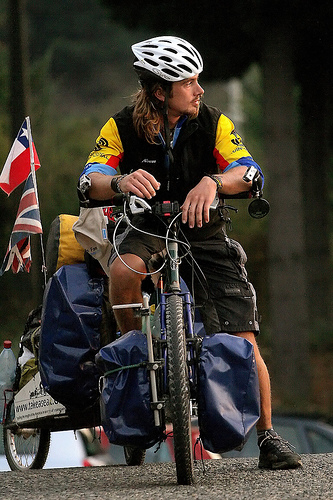
You must be logged in to post a comment.